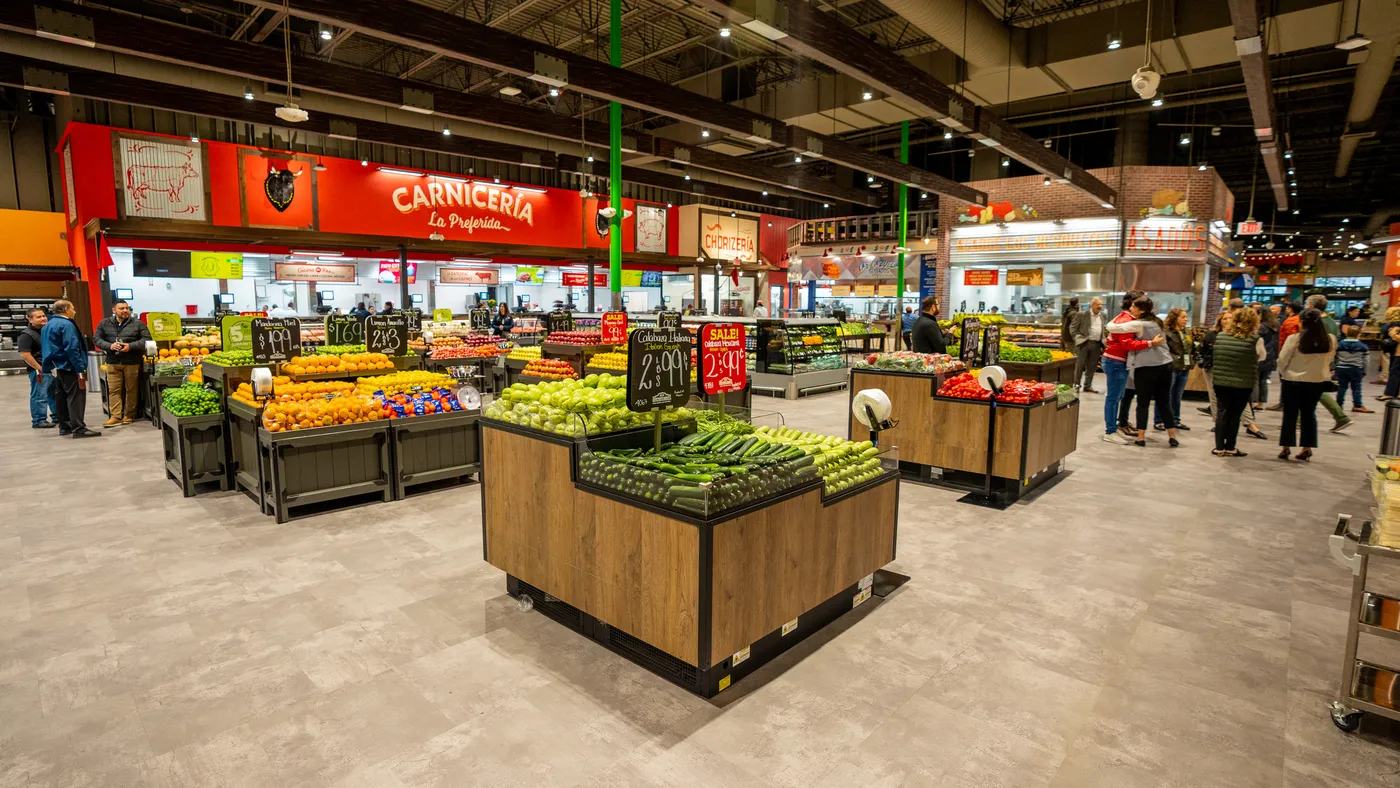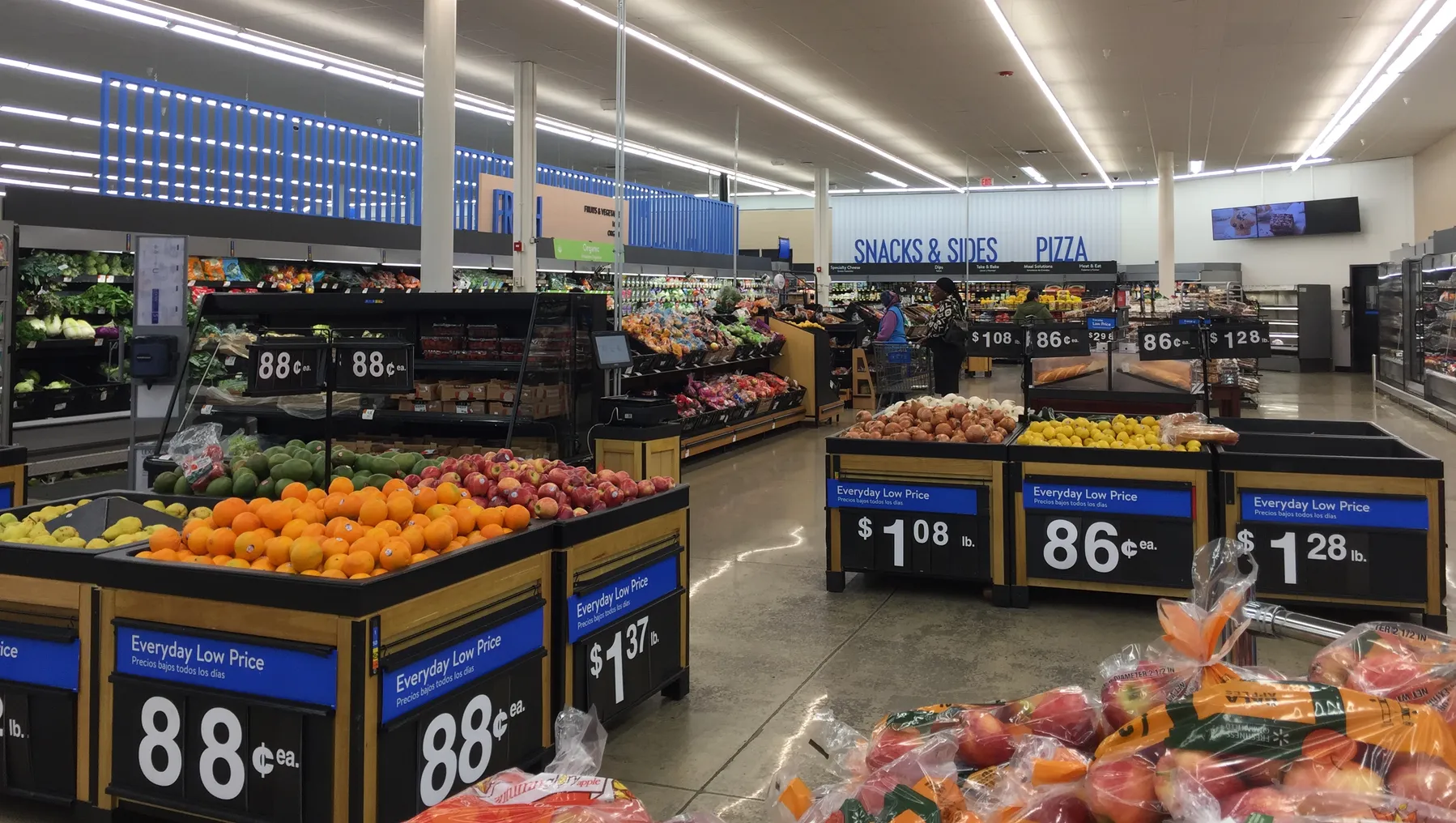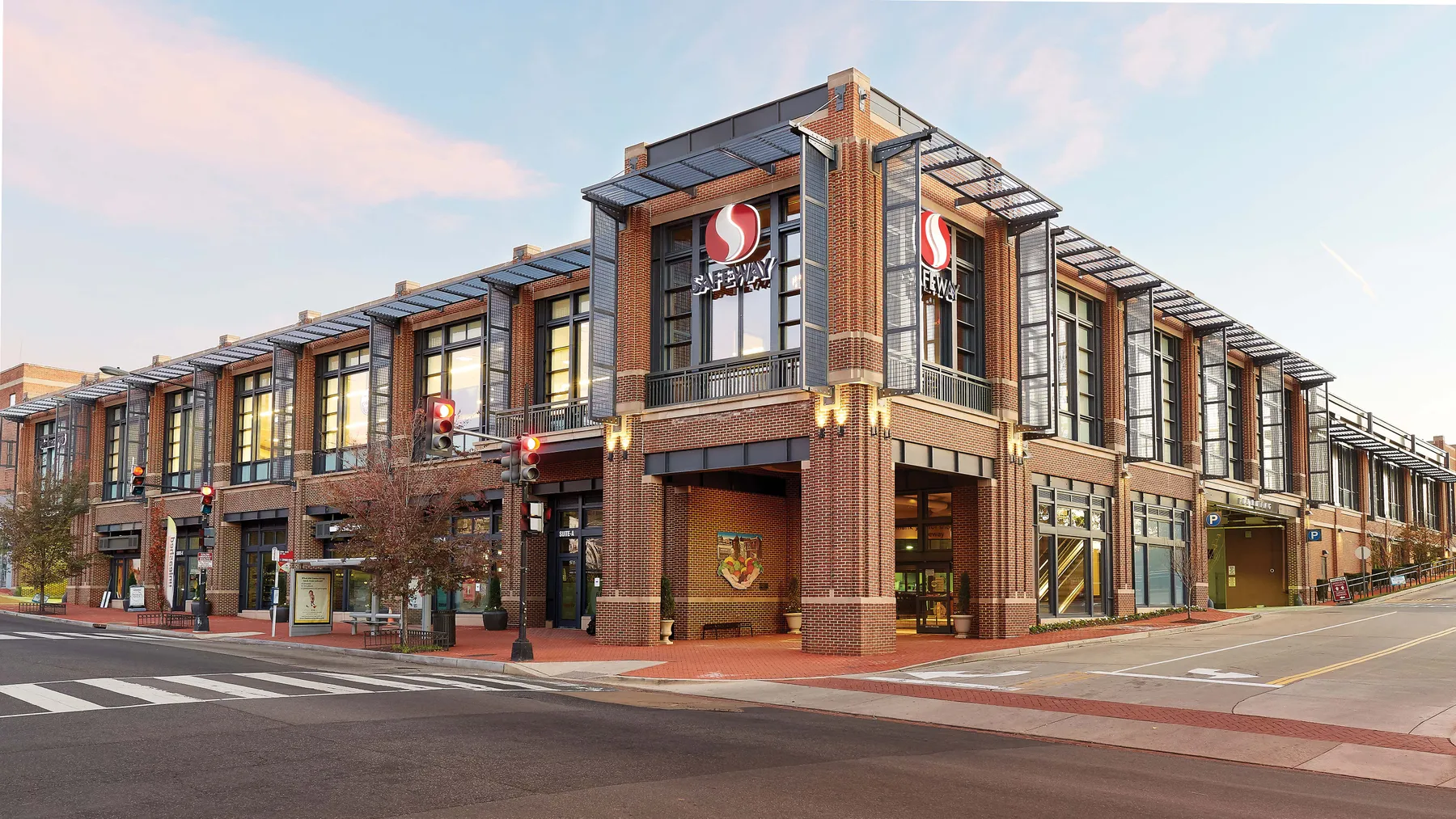
Can Stop & Shop win in the Northeast?
As Stop & Shop prepares to close dozens of stores in a bid to stabilize its sagging performance, the East Coast supermarket chain is also facing the steep challenge of restoring its former glow in the face of intense competition from other grocers, according to industry analysts.
Overcoming that hurdle will depend in good measure on the storied retailer’s ability to strengthen relationships with regional producers, expand its assortment of fresh foods and deepen ties with shoppers even as it focuses on boosting efficiency and cutting costs as one of several U.S. banners of Ahold Delhaize, these experts said.
“To competitors, they became highly vulnerable because they lost the local flavor,” which has allowed rivals to siphon customers and dilute the storied grocer’s brand, said Burt Flickinger III, managing director of supermarket consultancy Strategic Resource Group.
Flickinger pointed to chains like Roche Bros. and Big Y as examples of grocers that have been able to take advantage of Stop & Shop’s declining fortunes in recent years, noting that those chains have defined themselves in key departments like fresh meat, bakery, deli, seafood and produce while Stop & Shop has been less aggressive in managing those aspects of its stores.

Stop & Shop is also contending with stiff competition from Wegmans, Costco, BJ’s Wholesale Club and specialty grocers such as Trader Joe’s, Flickinger said.
Another issue for Stop & Shop is that the company has “a pretty vanilla, non-differentiated, traditional grocery offering” even as competitors have raised the bar on quality, service and selection, said Tom Furphy, a former Wegmans and Amazon executive who is now CEO and managing director of investment firm Consumer Equity Partners. That generic image has hindered Stop & Shop’s ability to build ties with consumers who have an unprecedented array of choices when they buy groceries and may no longer opt to frequent a store just because it is convenient, Furphy said.
“There’s not a trademark there, there’s not a signature value that Stop & Shop provides customers that they’re able to bank on,” said Furphy, noting that Stop & Shop is vying for customers alongside powerful regional brands like Stew Leonard’s and Wegmans as well as national chains like Whole Foods Market, all of which have raised shopper expectations in recent years.
Michael Infranco, assistant vice president of retail intelligence provider RetailStat, offered a similar view.
“They don’t have things that make you say, ‘Oh, they’ve got great stuff there,’” Infranco said about Stop & Shop. “They don’t have a very exciting bakery department. They don’t have out-of-the-ordinary meat [and] the perimeters of the store is hardly something that would make you say, ‘I’ve got to be at Stop & Shop.’”
John Clear, senior director in the consumer and retail group at consulting firm Alvarez & Marsal, said that while Stop & Shop’s plan to close 32 locations by the end of 2024 might help temporarily stem red ink, Stop & Shop would especially benefit from rethinking its overall value proposition and focusing more heavily on localized assortments as it looks to gain the momentum it will need to succeed over the long term.
“They’re not known for price, they’re not known for some crazy indoor experience [and] also not known for being local and regional,” said Clear. “The question is, what are they standing for?”
Standing up to ShopRite
Clear said Stop & Shop faces especially potent competition from ShopRite, which has a large presence in the New York City area, where Stop & Shop also operates a considerable number of stores. ShopRite stands out because stores under that banner are well organized and have a strong lineup of local and regional brands, he said.
Flickinger noted that while Stop & Shop’s nearly 400 stores in five states fall under single ownership, local ownership groups typically own and run ShopRite locations through arrangements with Wakefern Food Corp. — a community-focused distinction that he said makes a big difference in how the grocers operate.
Still, Stop & Shop has a strong base of loyal customers who come in on a daily basis, said Rachel Dalton, head of retail insights at Kantar.
Leaning into its local customer base could be the point of differentiation Stop & Shop needs to compete with not only stronger regional competitors, but also national banners and value players, Dalton said.
In an emailed statement, a Stop & Shop spokesperson said the company is focused on “investments we are making in the Stop & Shop brand for future growth,” including lowering prices and remodeling stores. Ahold Delhaize executives have noted that the chain’s current renovation drive, which began in 2018 and has reached about half of the company’s locations, has helped boost sales in redone stores.
Stop & Shop had the largest share of visits in the first half of 2024 among grocery chains in Connecticut, Massachusetts, Rhode Island and New York, according to data Placer.ai provided to Grocery Dive.
Stop & Shop has its strongest visit share in Rhode Island and Connecticut
While Stop & Shop dominates visit share by a wide margin in Rhode Island and Connecticut, the grocery chain is just 3 percentage points ahead of Market Basket’s visit share in Massachusetts and 1 percentage point ahead of Wegmans in New York, Placer.ai found. In New Jersey, Stop & Shop ranks as the third grocer by visit share (10%) behind Acme Markets (10%) and ShopRite (46%).
“We are continuing to invest to have a business fit for the future in an ever-changing market, and we feel we have a strong footing to do that,” the spokesperson said.
The spokesperson added that the company opened in June 2024 a newly built store in Boston that “is a great example of how we are taking a mindful approach to create stores that fit the needs of our growing and diverse neighborhoods.”
The new store, which replaced an older location, includes features like a bigger produce department with a greater variety of local foods, a large prepared foods department and a full hot bar, according to a press release.

Clear said that while updating a store can lead to a revenue bump, those kinds of changes can mask underlying problems that threaten a retailer’s longer-term prospects.
“One of the problems that I normally see with a strategy that’s founded on a remodel or rejuvenation program is that sometimes you get this kind of false signal that it’s having an impact on your sales, because those stores automatically get more attention while they’re being remodeled,” Clear said.
Furphy also cautioned that renovation-driven sales improvements can be misleading.
“Everybody likes a new, remodeled store. But frankly, that can only carry the day for so long,” said Furphy. “Ultimately, it comes down to quality. It comes down to a compelling assortment. It comes down to great service that people seek. And that takes a lot of consistent, hard work to deliver.”
Catherine Douglas Moran and Peyton Bigora contributed reporting

















